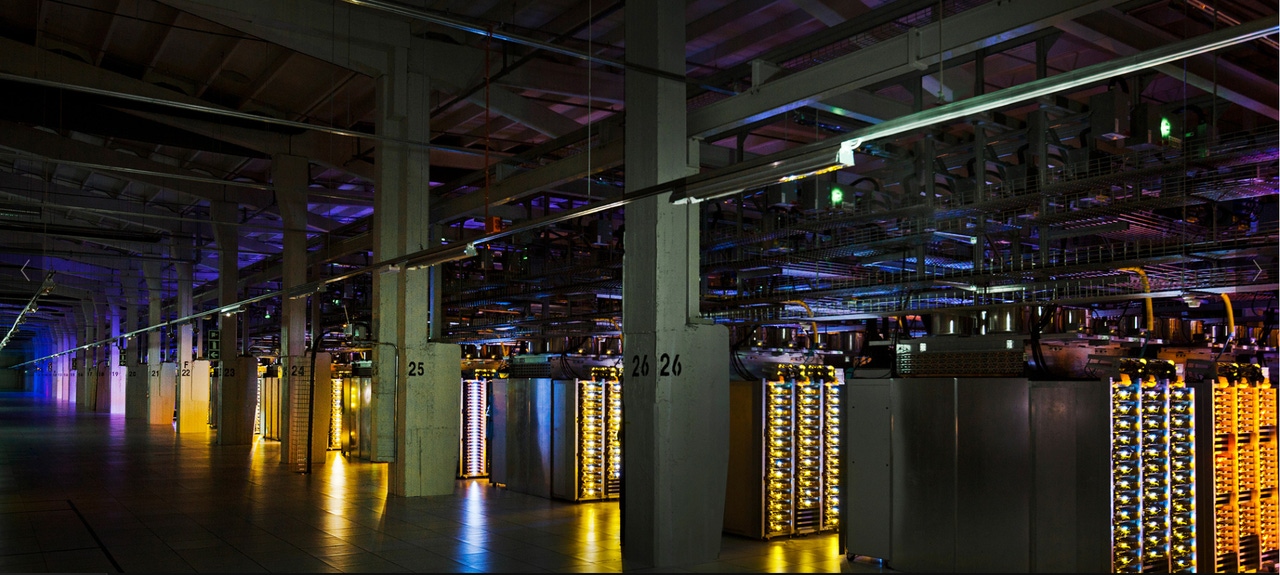Preempting Regulation, EU Operators Strike Green Data Center PactPreempting Regulation, EU Operators Strike Green Data Center Pact
Facing a threat of new sustainability laws, Europe’s largest data center operators draft a plan for “self-regulation.”

A group of Europe’s largest data center operators has created and signed a green data center pact, committing to self-regulation before European Union officials pass data center sustainability laws – an unwelcome possibility that’s been looming over the bloc’s industry for more than a year.
The Climate Neutral Data Centre Pact, announced Thursday, outlines data center efficiency and renewable energy goals and sets aggressive targets for reaching them. It establishes a framework for tracking progress toward those goals.
Overall, the pact commits the industry to making data centers “climate-neutral” by 2030.
Twenty-five companies, including AWS, Google, Equinix, Digital Realty’s Interxion, NTT, and CyrusOne, signed the pact. Conspicuously absent from the list of signatories were Apple, Microsoft, and Facebook, which operate some of the largest data centers in Europe.
Eighteen European data center and cloud trade associations also signed.
As DCK has reported, the threat of data center energy regulation in Europe emerged in late 2019 along with the European Green Deal, a set of European Commission policies designed to meet the goal of making Europe “climate-neutral” by 2050. Included in the Green Deal was a call to establish sustainability rules for digital infrastructure.
Since then, data center operators have been lobbying EU officials to make sure that whatever rules get created, they can be reasonably complied with and don’t harm their business.
The lobbying efforts have been successful, with officials indicating last month that the Commission had decided to take a softer approach, putting aside for now ideas for tougher regulatory measures, such as fines and tax incentives.
There are six components to the European data center operators’ new “self-regulatory initiative:” energy efficiency, clean energy, water, circular economy, circular energy, and governance.
Energy Efficiency
The pact requires all data centers built starting in 2025 in cooler climates to have a PUE (Power Usage Effectiveness) no higher than 1.3 when running at full capacity. The PUE target for new facilities built in warmer climates, where free cooling is harder to achieve, is 1.4.
Data centers built before 2025 are required to meet the same PUE targets by 2030.
The industry also promised to work on a new data center efficiency metric.
Clean Energy
The pact requires data center operators to buy enough renewable energy to match 75 percent of their facilities’ total energy use by the end of 2025 and 100 percent by the end of 2030.
Water
The document is less prescriptive on water efficiency, saying only that data centers will set “ambitious water conservation targets” using WUE (Water Usage Effectiveness) or another appropriate metric.
It doesn’t specify what those targets will be, explaining that they could “vary depending on the data center design specifications.”
Circular Economy
This is the idea that a lot more of the IT and electrical equipment that reaches its vendor-specified end of life should be refurbished and reused.
This section of the pact, too, doesn’t set any specific targets, however. It says that data centers will “set a high bar” and “assess for reuse, repair, or recycling 100% of their used server equipment.”
The text promises that data center operators will come up with a target percentage for repair and reuse by 2025.
Circular Energy System
Also scant in terms of specifics, this section acknowledges that reusing waste heat from data centers is “an opportunity” and says that operators will “explore possibilities to interconnect with district heating systems,” an idea that has been implemented on several occasions in Europe.
Governance
This last section lays out a timeline for reporting on progress toward the pact’s goals to the EC, for certifying adherence to the pact by its signatories, and for kicking off the initial measurement period, which is January 1 through December 31 of 2022.
Read more about:
EuropeAbout the Author
You May Also Like







